Top 10 future cities in film
Is
our urban future bright or bleak? Peter Bradshaw provides a selection
of celluloid cities you might consider moving to - or avoiding - if you
are looking to relocate any time in the next 200 years or so
What have we missed? Tell us your favourite movie metropolis in the comments below
What have we missed? Tell us your favourite movie metropolis in the comments below
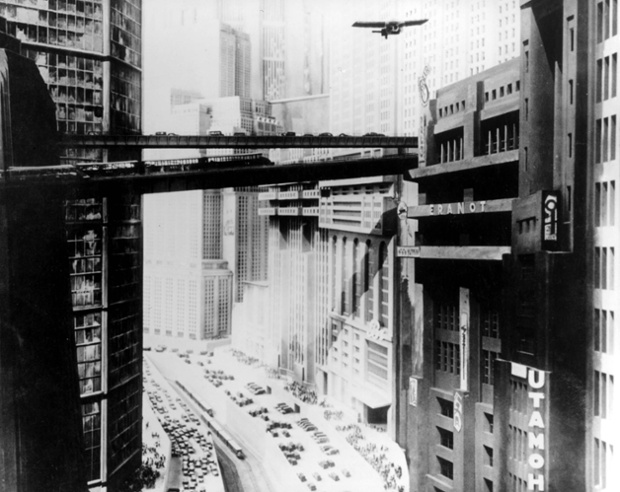
Metropolis is the architectural template for all futurist cities in the movies. It has glitzy skyscrapers; it has streets crowded with folk who swarm through them like ants; most importantly, it has high-up freeways linking the buildings, criss-crossing the sky, on which automobiles and trains casually run — the sine qua non of the futurist city. Metropolis is a gigantic 21st-century European city state, a veritable utopia for that elite few fortunate enough to live above ground in its gleaming urban spaces. But it’s awful for the untermensch race of workers who toil underground. Photograph: Ronald Grant Archive
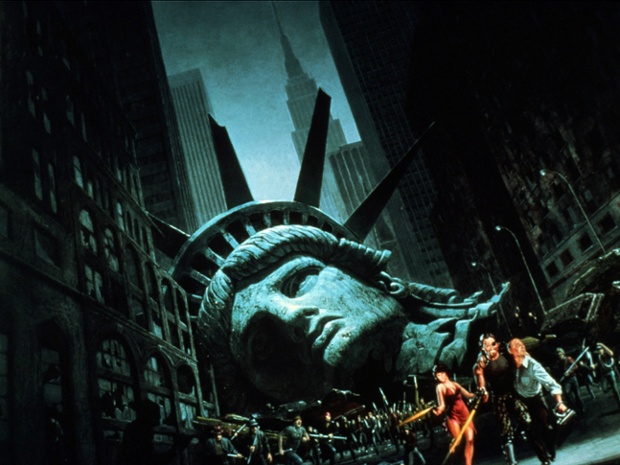
Made when New York still had its tasty crime-capital reputation, Carpenter’s dystopian sci-fi presents us with the New York of the future, ie 1988, and imagines that the authorities have given up policing it entirely and simply walled the city off and established a 24/7 patrol for the perimeter, re-purposing the city as a licensed hellhole of Darwinian violence into which serious prisoners will just be slung and then forgotten about, to survive or not as they can. Then in 1997 the President’s plane goes down in the city and he has to be rescued. New York is re-imagined as a lawless, dimly-lit nightmare. Not a great place to live. Photograph: Allstar/Cinetext/MGM
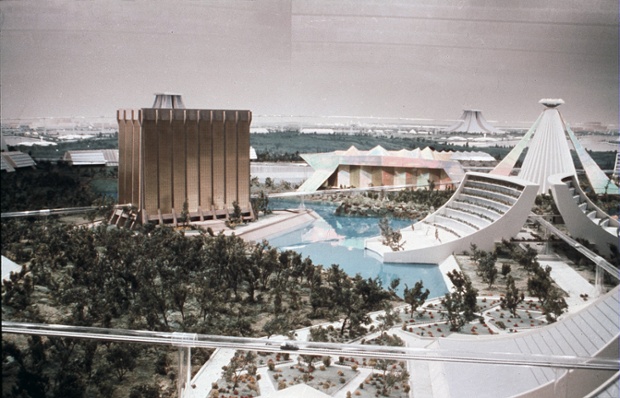
This is set in an enclosed dome city in the post-apocalyptic world of 2274. It looks like an exciting, go-ahead place to live and it’s certainly a great city for twentysomethings. There are the much-loved overhead monorails and people wear the sleek, figure-hugging leotards, unitards, and miniskirts. The issue is that people here get killed on their 30th birthday. Some people escape the dome city to find themselves in deserted Washington DC, which is a wreck by comparison. Photograph: Ronald Grant Archive
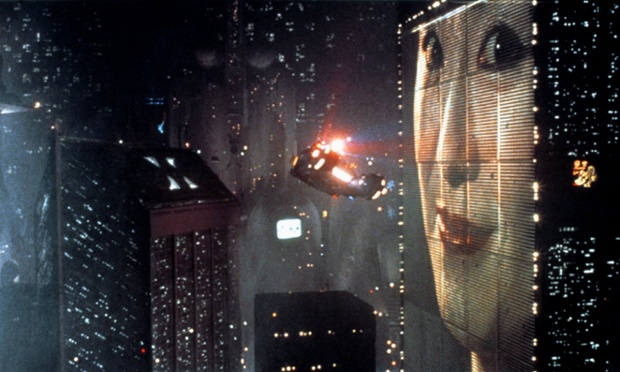
This film presents us with Los Angeles 2019, a daunting megalopolis in which “replicants” may be hiding out — that is, super-sophisticated organically correct servant-robots indistinguishable from actual humans, who have defied the rules forbidding them to enter the city. Special cops called “blade runners” have to hunt them down. The city is colossal, headspinningly big, a virtual planet itself; it is cursed with terrible weather, with very rainy nights, but interestingly hints at the economic and cultural might of Asia with loads of billboard ads from the Far East. Again, the crime figures may make this city a bit of a no-no. Photograph: Allstar/Cinetext/Warner Bros
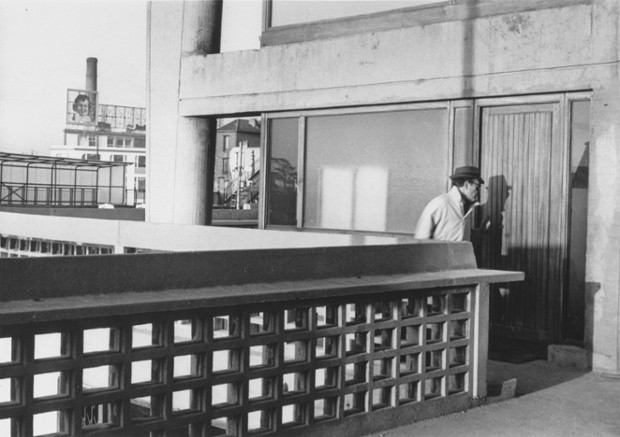
Alphaville is a city on a distant planet and a very grim place, subject to Orwellian repression and thought-control by its tyrannical ruler, an AI computer called Alpha 60. The city is seen largely at night, with drab buildings which have neither the techno-futurist furniture nor the obvious decay that you expect from sci-fi dystopia. This is because it was filmed in 1960s inner-city Paris: Alphaville is the French capital’s intergalactic banlieue twin-town. Again, this isn’t a great movie-futurist city to settle down in, although the property prices are probably reasonable. Photograaph: British Film Institute
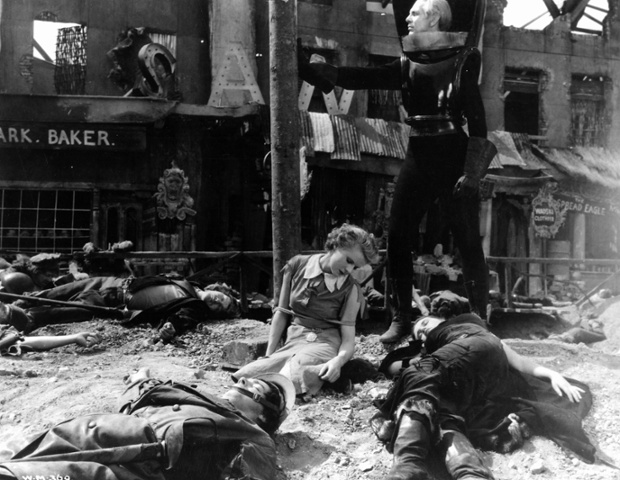
The state-of-the-urban-art British city of Everytown is here shown, from the year 1940 to 2036. A pleasant place is entirely ruined by a catastrophic war which lasts decades and plunges the city into the familiar future-city mode B: post-apocalyptic chaos. The city is basically rubble and hideous gas and poison warfare have made matters worse. Cynical and ambitious types aspire to control Everytown, but the place has been made the nexus for human vanity and ambition. Another future city with a bad reputation. Photograph: ITV/REX
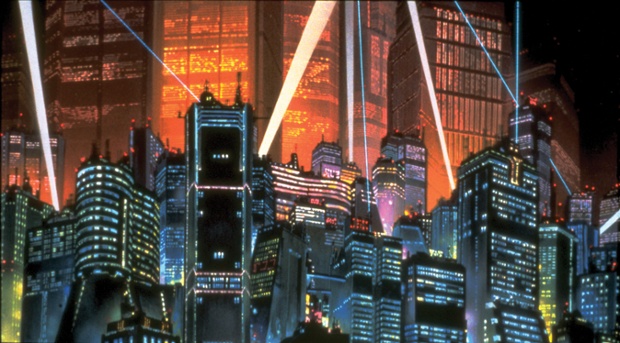
Neo-Tokyo, 2019. This gigantic city is like an impossibly huge sentient robot life-form in itself. It was built to replace the “old” Tokyo which was immolated in a huge explosion. Now the new city is a teeming, prosperous, hi-tech place but more than a little anarchic and strange, always apparently on the verge of breaking down, and also incubating weird spiritual forces. Biker gangs do battle there: the Capsules versus the Clowns. An exciting place to settle down — seen in the right light.
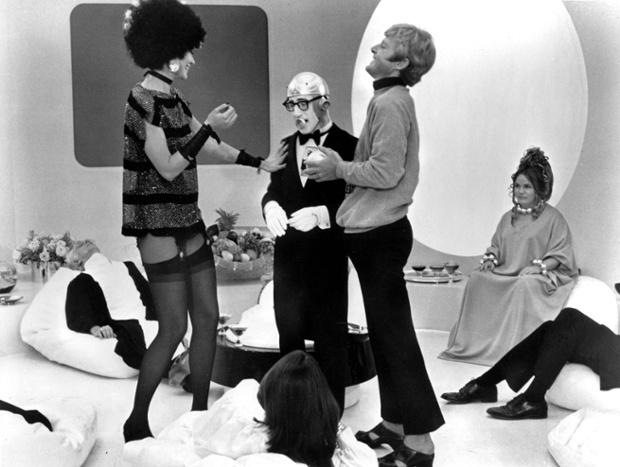
Greenwich Village in 2173 is a startling place: part of the 22nd-century police state in which the people are kept in a placid condition with brainwashing. A nerdy bespectacled health-food-store owner, who has been cryogenically frozen in 1973 and awakened into this brave new world, must now battle against the forces of mind-control. This Huxleyan futureworld actually looks rather pleasant, the architecture, décor and public transport are all not bad, and these are cities with “Orgasmatrons” which are guaranteed to give sexual satistfaction to those inside them. Photograph: Ronald Grant Archive
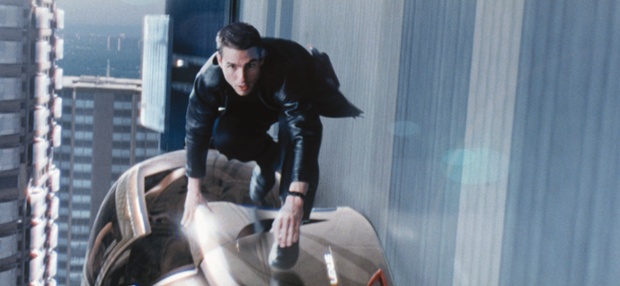
Washington in the year 2054 is eerie and disorientating: a shadowy, noir-y city which appears often to be underlit, and yet it certainly enjoys the benefits of the digital revolution. Moving posters are the norm (actually, they’re commonplace in cities now) and images, text and data on screens can be manipulated with extraordinary ease. The populace is policed by a specialist unit called “PreCrime” which can predict and pre-empt the lawbreakers, but their prophetic dominance has created a spiritual malaise in the city’s atmosphere.
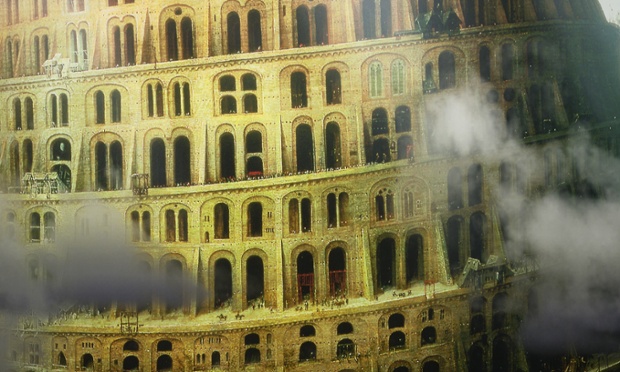 BABELDOM (2013) (dir. Paul Bush)
BABELDOM (2013) (dir. Paul Bush) This cult cine-essay by Paul Bush is all about a fictional mega-city called Babeldom. Where this city is supposed to be is a moot point. It is everywhere and nowhere. At first it is glimpsed through a misty fog: it is the city of Babel imagined by the elder Breughel in his Tower Of Babel. Then Bush gives us glimpses of a place made up of actual cities and then computer graphic displays take us through how a city develops its distinctive lineaments and growth patterns. Of all the future-cities on this list, Babeldom is probably the weirdest.

Publicar un comentario Blogger Facebook